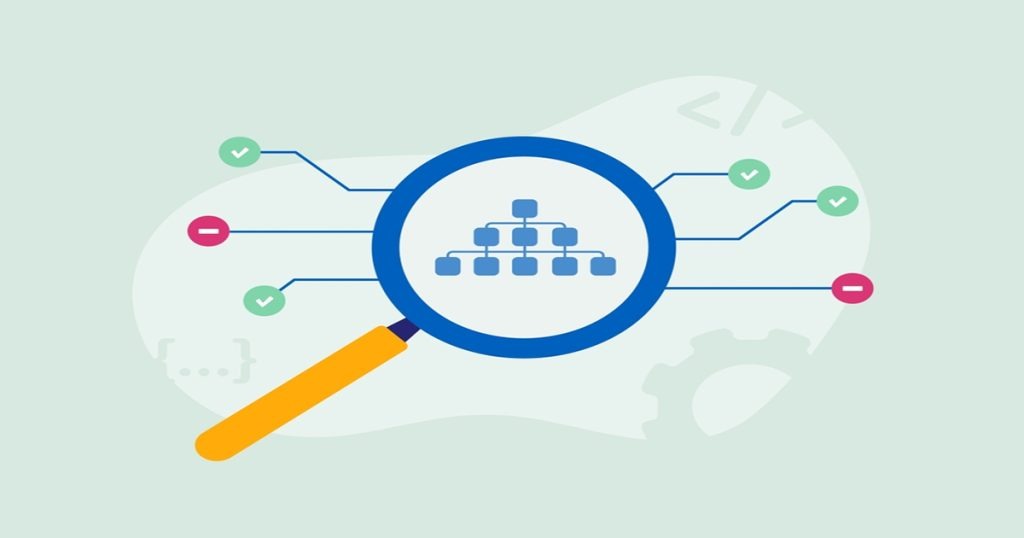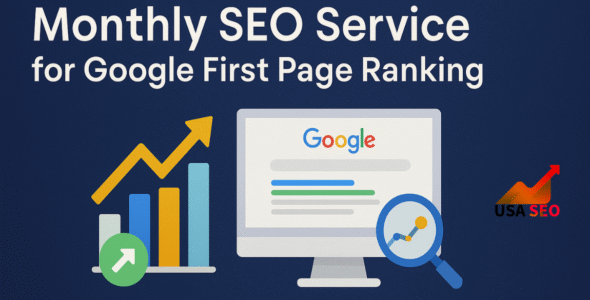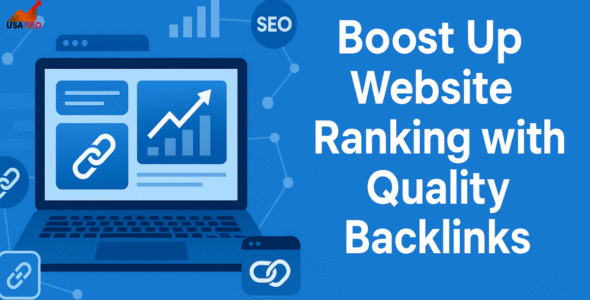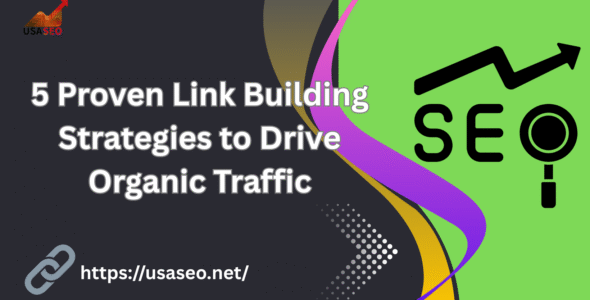“Decoding Technical SEO: Empower Your Website for Long-Term Visibility” is a detailed reference that looks into the essential components of technical search engine optimization (SEO) and gives concrete advice to enhance your website’s exposure and performance in search engine rankings. In today’s digital world, having a well-optimized website is vital for garnering organic visitors and enhancing your online visibility.
Technical SEO entails improving numerous technical features of your website to guarantee that search engines can successfully crawl, index, and interpret your content. By applying the tactics mentioned in this article, you can empower your website for long-term exposure, eventually leading to better ranks and greater organic visitors. Including:
Website speed and performance
Website speed and performance play a significant influence on user experience and search engine rankings. When a website takes too long to load, consumers tend to leave it, leading to a high bounce rate and lower engagement. Moreover, search engines like Google use website performance as a ranking element, preferring quicker websites in search results. To enhance website performance, different elements need to be addressed.
These include optimizing picture sizes and formats, limiting HTTP requests, exploiting browser caching, lowering server response time, and deploying content delivery networks (CDNs) to distribute material effectively. Additionally, routinely checking website speed using tools like Google Page Speed Insights and GTmetrix helps find areas for improvement and assures optimum performance. By emphasizing website speed and consistently enhancing performance, companies can create a flawless user experience, boost search engine exposure, and ultimately generate more visitors and conversions.
Mobile-friendliness
Mobile-friendliness is essential for website optimization, enhancing user experience. Key elements include responsive design, fast loading, easy navigation, readable text, and touch-friendly buttons:
- Responsive Design: Implement a responsive design strategy, where your website adapts and alters its layout and content dependent on the user’s device screen size. This guarantees that your website is accessible and aesthetically attractive across a variety of platforms, from computers to smartphones.
- Mobile-Friendly Testing: Use tools like Google’s Mobile-Friendly Test to evaluate your website’s mobile compatibility. These tests identify issues that could affect user experience on mobile devices, such as small text, unresponsive tap targets, and improper viewport settings.
- Optimize Page Speed: Optimize page load speeds for mobile by compressing images, minifying code, and using caching methods to reduce load times and improve performance.
- Mobile Navigation: Simplify mobile navigation by using hamburger menus, clear icons, and straightforward patterns to improve usability on smaller screens.
- Touch-friendly components: Ensure interactive elements like buttons and links are easily tappable on mobile devices. Provide sufficient spacing between items to reduce accidental taps and enhance user engagement.
- Avoid Flash: Since many mobile devices and browsers do not support Flash, stay away from utilizing it on your website. Choose HTML5 for improved speed and compatibility.
- Optimize Forms: Simplify website forms to make them mobile-friendly. Use easy-to-complete input fields and minimize required fields to reduce friction for mobile users.
- Test and Monitor: Regularly test your website on different mobile devices and screen sizes to ensure a consistent experience. Monitor mobile-specific KPIs in analytics tools to identify issues and make necessary adjustments.
By emphasizing mobile-friendliness, you can adapt to the rising number of mobile users, offer a good user experience, and increase your website’s visibility and ranks on mobile search results.

Crawlability and indexability
Crawl ability and indexability are crucial parts of technical seo that govern how search engines locate, crawl, and index your website’s content. To maximize crawl ability, ensure that search engine crawlers can reach all relevant pages on your site by eliminating any barriers like broken links, duplicate content, or unavailable pages. Creating a clean and logical site structure with internal linking helps search engines explore and comprehend the hierarchy of your material.
To boost indexability, submit an XML sitemap to search engines, which functions as a roadmap of your website’s pages, helping search engines locate and index them more effectively. Regularly check crawl faults and index status using tools like Google Search Console to discover and rectify any problems that may impair the crawling and indexing process. By boosting crawl ability and indexability, you enhance the odds of search engines detecting and ranking your website’s content, leading to greater visibility in search results.
URL structure
A clear and organized URL structure improves SEO and user experience. Use descriptive keywords, avoid unnecessary characters, and ensure readability:
- Relevance and Keywords: Incorporate relevant keywords in your URLs to offer search engines context regarding the page’s content. Use descriptive and short language that correctly portrays the topic or subject of the page.
- Hierarchy and Organization: Create a logical and hierarchical structure for your URLs that mirrors the structure of your website. Use subdirectories to classify and arrange information based on subjects and subtopics. This helps search engines comprehend the connections between various pages on your site.
- Readability and User Experience: Keep URLs simple and user-friendly by removing long numbers, special characters, and unnecessary parameters. Use hyphens to separate words for improved reading. A clear and intelligible URL promotes user trust and raises the possibility of click-through.
- Consistency and Permanence: Ensure that your URLs stay consistent and persistent throughout time. Avoid changing URLs often, since it might lead to broken links and adversely affect search engine results. When modifying a URL, use proper 301 redirects to preserve SEO value and prevent user frustration.
- Canonicalization: Implement canonical tags to solve duplicate content concerns and identify the preferred version of a page. Canonical tags help search engines identify the preferred version of a page, reducing content duplication and SEO penalties.
Optimizing your URL structure boosts clarity, relevance, and usability, aiding search engines and improving user experience.
Meta tags and structured data
Structured data and meta tags are crucial elements of search engine and user experience optimization for websites. Title tags and meta descriptions are examples of meta tags that provide a concise synopsis of the content of a page. While meta descriptions should be educational and entice readers to click through from search engine results pages, title tags should be succinct and include pertinent keywords. These components may affect click-through rates and aid search engines in comprehending the content of your website.
Schema markup, often known as structured data, is a kind of coding that gives your material more context, which improves search engine comprehension. You may assist search engines in displaying rich snippets, such as star ratings, pricing, or event dates, directly in search results by using structured data. This raises awareness and encourages participation. Both structured data and meta tags are essential for SEO since they improve your website’s ranking and provide visitors more engaging, educational results.

Canonicalization and duplicate content
Canonicalization and duplicate content management are vital for technical SEO, ensuring search engines recognize the preferred page version. Duplicate content might dilute your website’s exposure and lead to crawling troubles. Canonicalization resolves duplicate content issues by specifying the preferred URL, consolidating ranking signals, and preventing content duplication.
Canonical tags direct search engines to the primary page version, resolving duplicate content issues. Properly implementing canonicalization helps protect your SEO value, improve crawl efficiency, and avoid potential search engine penalties. Regular audits and monitoring are crucial to detect and handle any duplicate content concerns that may occur.
Website security and HTTPS
Website security and HTTPS are essential for user trust and SEO. HTTPS encrypts data between the user’s browser and your site, keeping sensitive information secure. Google favors HTTPS websites in its ranking algorithm, boosting both security and SEO.
Google Chrome and other browsers display a “Not Secure” warning for websites without HTTPS, which can deter visitors. HTTPS enhances security, prevents data manipulation, verifies legitimacy, and supports technologies like HTTP/2 for faster site speed. To enable HTTPS, obtain an SSL certificate from a trusted authority and configure your site to use HTTPS URLs.
This guarantees that all data passed between your website and users’ browsers is secured and safeguarded. Integrating HTTPS boosts user trust, protects sensitive data, improves search rankings, and ensures a secure browsing experience.
Website structure and internal connections
Website structure and internal linking are crucial for both user experience and SEO. A well-organized layout allows users to navigate easily and helps search engines crawl and index your content efficiently. A clear website structure, with broad topics and specific content in sections, boosts usability and SEO.
This hierarchical structure helps search engines grasp the link between distinct pages and the general context of your website. Internal linking serves a critical function in connecting pages throughout your website. By connecting comparable pages together, you present visitors with more relevant information and urge them to explore further. Internal links help search engines discover and index new content by following these connections across your site.
When creating internal links, use descriptive anchor text that accurately reflects the linked page’s content. This helps visitors and search engines understand the relevance of the linked page. Effective internal linking distributes link equity across your site, improving the visibility and ranking of important pages. It also strengthens topical authority by connecting related content and creating theme clusters.
Optimizing your website structure and internal linking enhances navigation, crawlability, and search visibility.

Monitoring and maintenance
Monitoring and maintenance are key components of technical SEO that assure the continued performance, functionality, and health of your website. Regular monitoring helps discover and fix technical faults, user experience concerns, and security risks swiftly.
Regular maintenance, including software updates, content optimization, and ranking monitoring, boosts website visibility, engagement, and performance. Ongoing monitoring and maintenance are essential for sustaining your website’s SEO performance and user satisfaction.
Conclusion
In conclusion, effective SEO is an ongoing process that improves visibility, user experience, and search rankings. By optimizing content, technical aspects, and link-building strategies, you can ensure your site is both search engine-friendly and user-engaging. Regular maintenance, like updating content and managing technical factors, is key to sustained SEO success. Using tools like structured data and canonical tags helps organize content and avoid duplication, improving search engine understanding and ranking. As search engine algorithms evolve, staying up-to-date with SEO best practices and adapting to changes is essential for long-term success. Ultimately, a comprehensive SEO strategy helps drive organic traffic, improve rankings, and foster business growth.
 My Account
My Account 


